
I have spent my career trying to understand how the world is governed legally and geopolitically —not just as it appears on the familiar “World Map” of states, but through the infrastructures, technologies, and spatial practices that quietly organise global authority and power. Trained first as a practicing attorney and later as a scholar of International Law, International Relations, and Critical Geography, I have long been struck by how authority moves trans-territorially across borders, through networks, and increasingly across planetary systems. My work traces how maps, borders, cables, supply chains, and digital infrastructures shape global governance in ways that conventional legal and political frameworks struggle to see.
My expertise spans:
Across these themes, I work to advance a new generation of scholarship blending Critical International Law with Constructivist and Materialist approaches to International Relations—an approach I would pitch as the study of planetary geographies of global ordering.
I am Full Professor and Chair of International Law at Tilburg University and Senior Faculty with the Institute for Global Law and Policy at Harvard Law School. My forthcoming book, Off the Map: A Critical Geography of International Law (Cambridge University Press, 2026), rethinks how International Law imagines space and authority in a world increasingly shaped by trans-territorial and infrastructural forms of power.
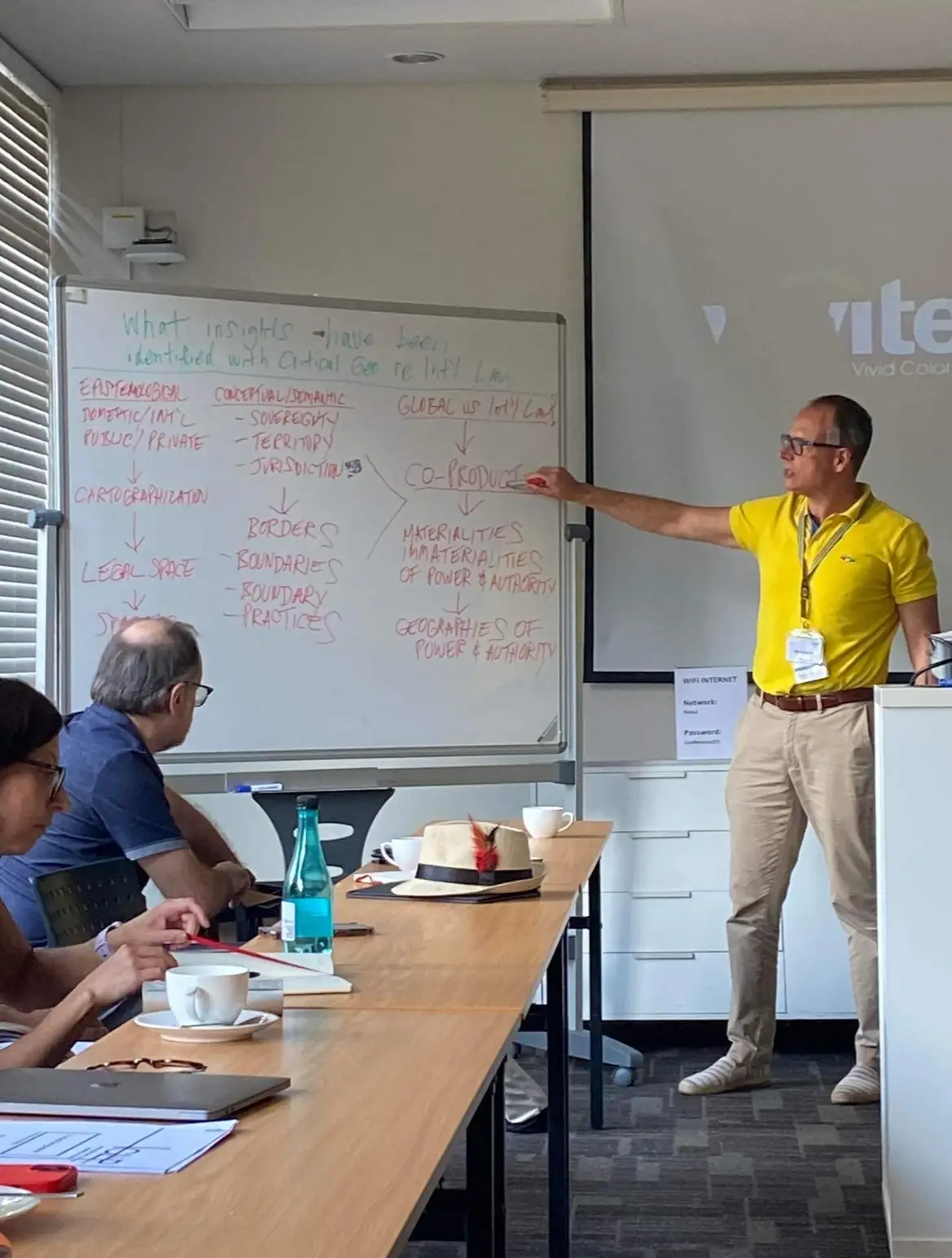
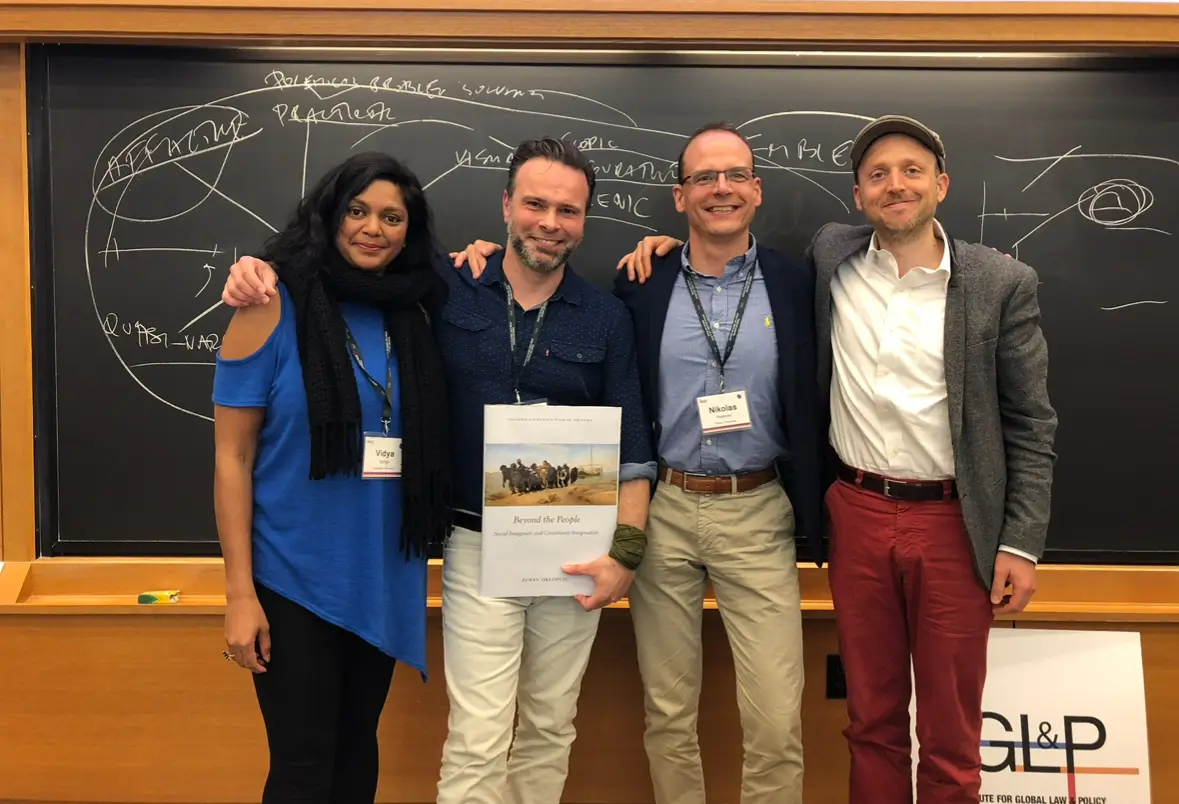
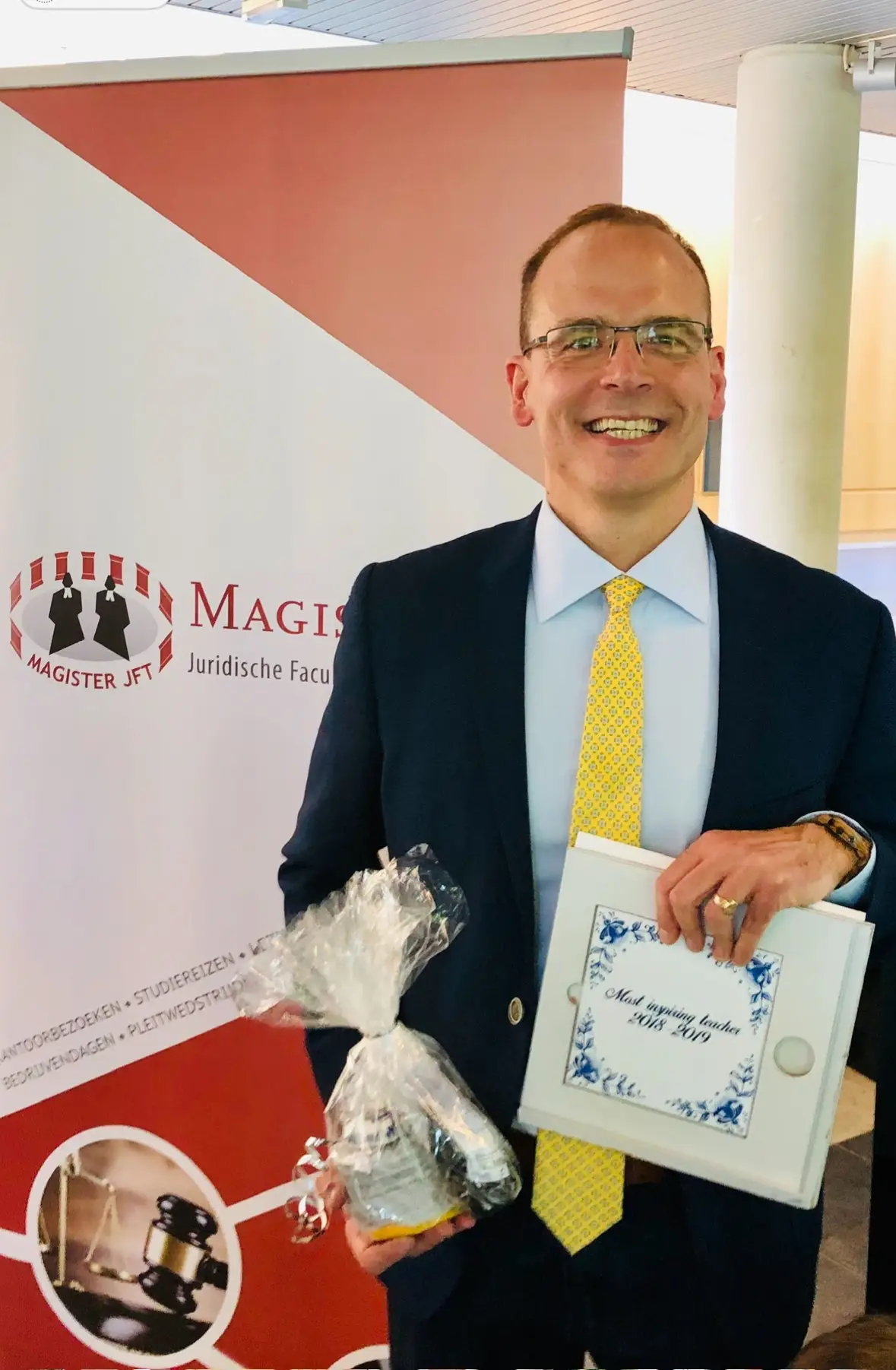
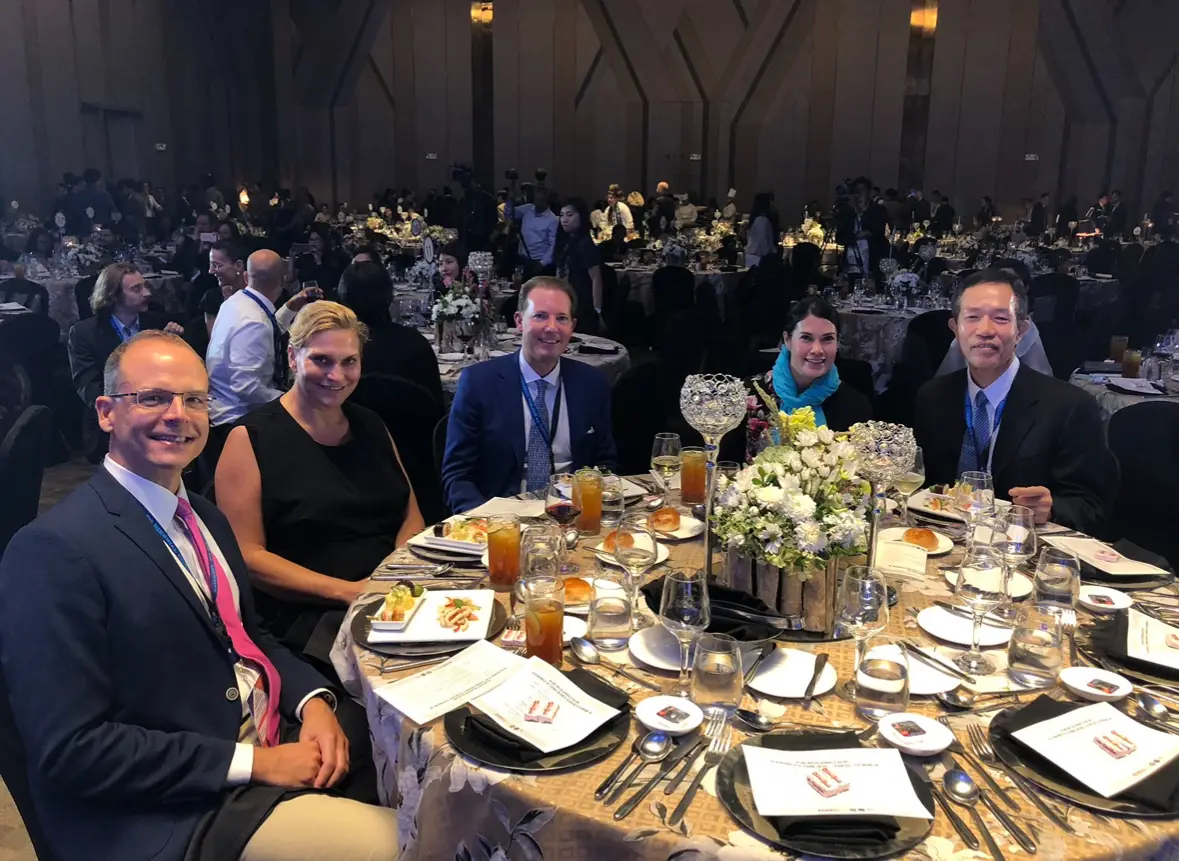
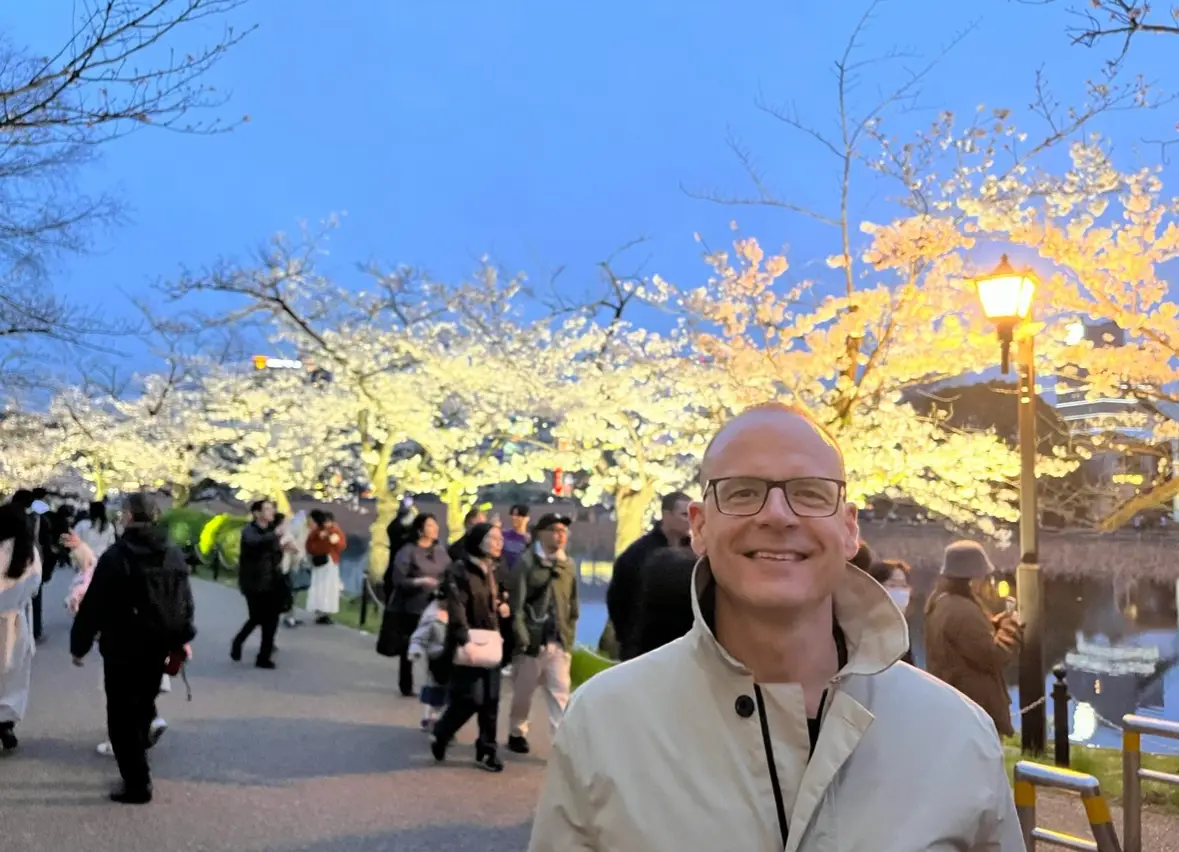
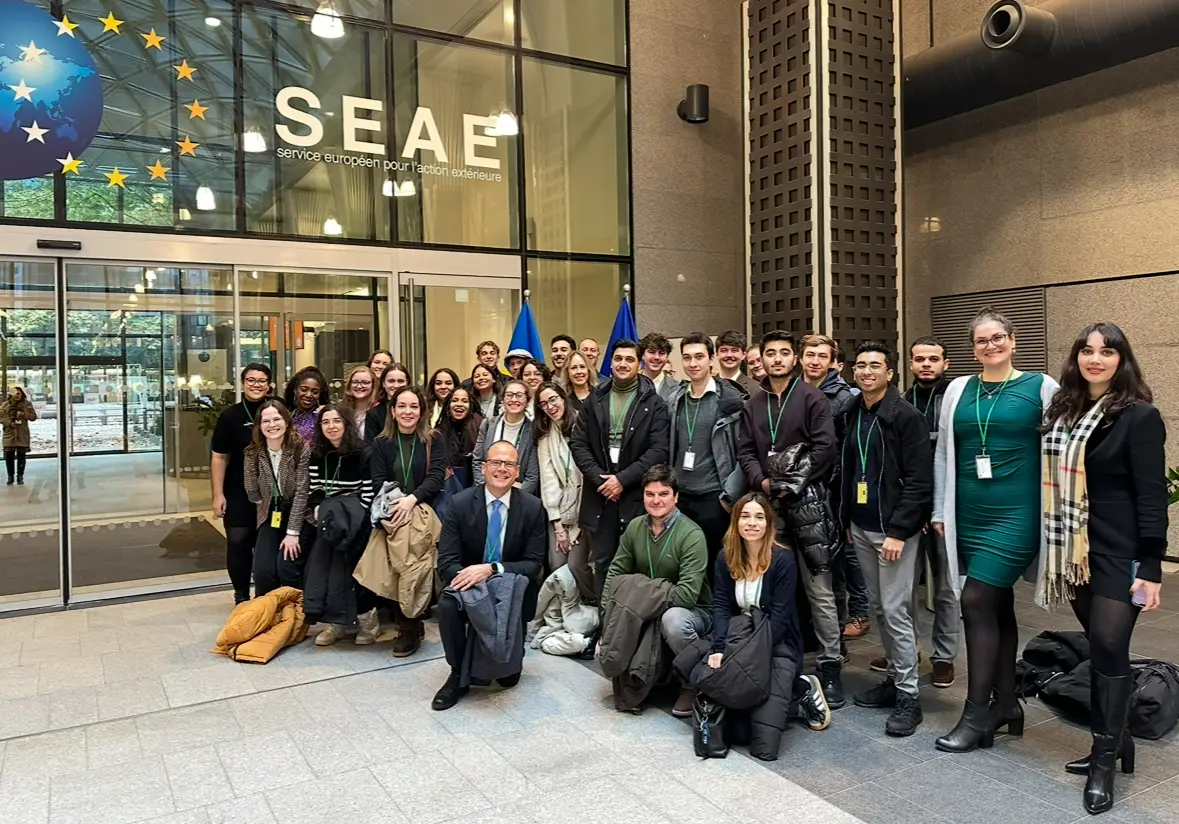
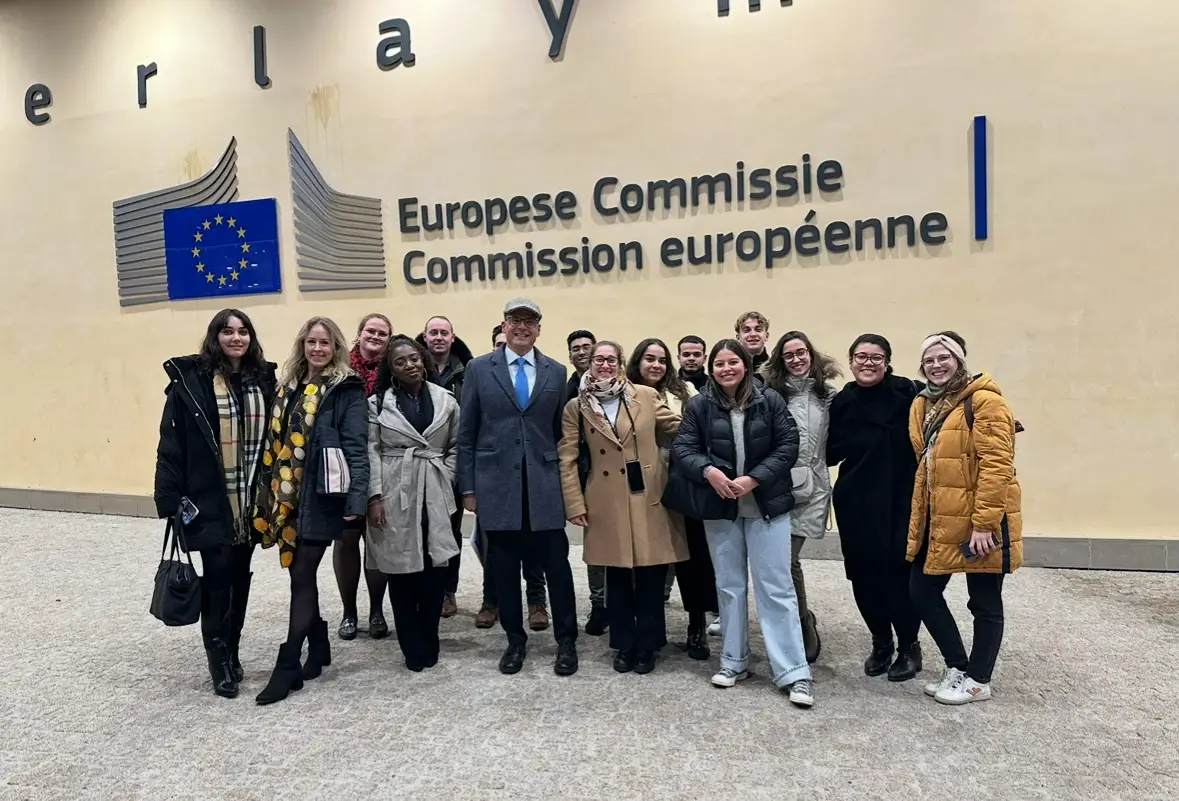
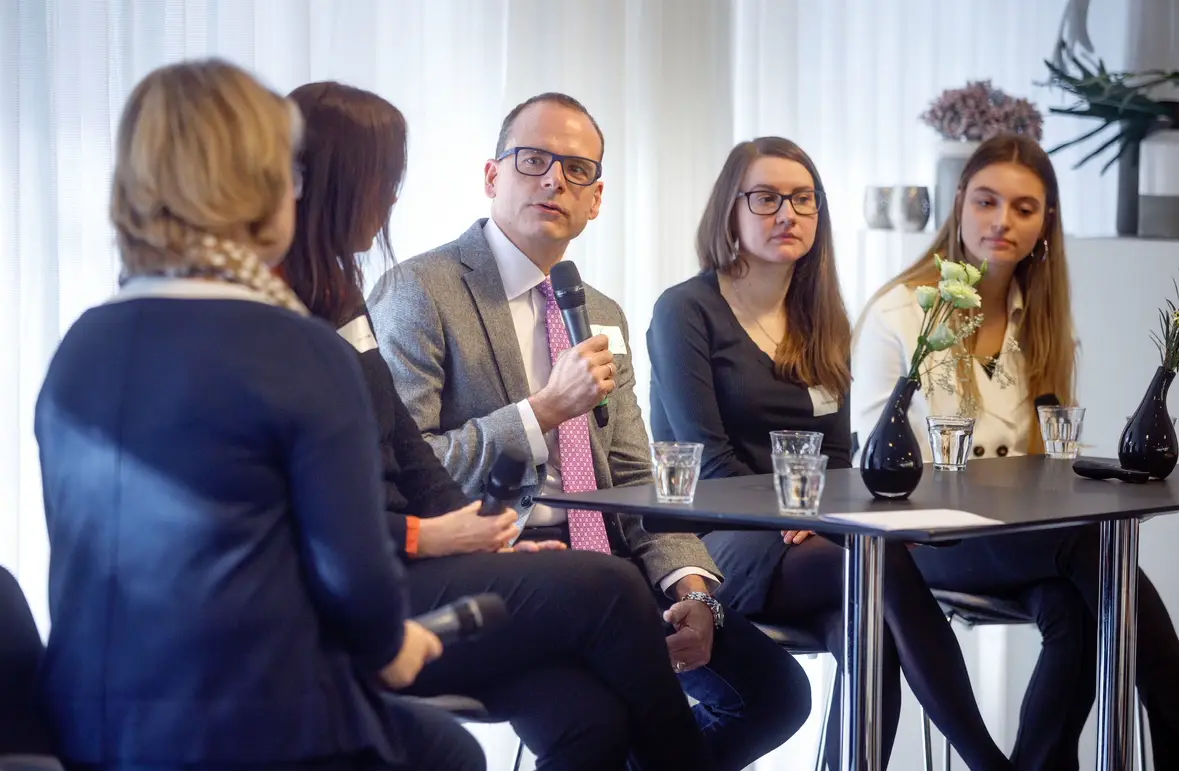
What if the Earth that International Law sees is no longer the Earth we inhabit today?
For generations, the “World Map” of states stood as a symbol of stability. Drawn in bordered polygons and planar lines, it promised a perfected planet: a world where political authority stayed neatly within territorial enclosures, where sovereignty traced clean edges, where global order resembled the cartographic picture that framed it. This promise endured because it felt natural. Inevitable. Objective.
Off the Map argues it was always a fiction—an extraordinarily powerful one.
The book shows how International Law became tethered to a cartographic worldview: a way of seeing the Earth as a legible, divisible, and governable surface. Maps and globes did not merely describe the world—they prescribed it. They trained jurists, diplomats, scholars, and states to believe that authority belongs to territory, that territory must be contiguous, and that global order begins with the visual coherence of the World Map.
But the Earth has changed—and with it, the spatial grammar of global rule.

My mission is to rethink the spatial foundations of International Law and illuminate how authority moves through the networks, infrastructures, and geographies of global order. I aim to develop concepts and tools that help scholars and the wider public understand the shifting legal landscapes of the twenty-first century.
My mission is to examine how legal, spatial, and infrastructural forces shape global governance in ways that are often overlooked. I work to build research that clarifies complexity, offers alternative ways of seeing international order, and opens space for more imaginative approaches to planetary problems.
My mission is to make sense of world affairs by connecting the dots between law, power, technology, and geography. I strive to help audiences understand how these forces interact—and why they matter for interpreting today’s planetary challenges.
My mission is to prepare students to think across the boundaries of legal and non-legal knowledge and to see International Law in its wider social, spatial, and institutional contexts. Drawing on my own journey from litigation to academia, I emphasize that interdisciplinary learning will define the future of international legal education—and I work to equip students with the analytical agility needed for that world.
| ♦ Spatial Foundations of International Law |
Sovereignty, jurisdiction, territoriality, cartographic assumptions in legal reasoning, and the spatial engineering of global orders. |
| ♦ Legal Geographies of Global Governance |
Infrastructures and logistics, global supply chains, data networks, energy corridors, and the governance of trans-territorial flows. |
| ♦ International Law and Geopolitical Change |
Planetary Geopolitics, fractured globalisation, networked geopolitics, weaponised interdependence, conflict geographies, and crisis-driven transformations. |
| ♦ International Humanitarian Law and Hybrid Warfare |
|
Asymmetric conflicts, strategic legality, transnational advocacy, discursive warfare, and vicarious litigation. |
| ♦ Interdisciplinary International Law and International Relations |
Critical International Law, Constructivist and Materialist IR, geography and global political economy, spatial and conceptual analysis. |
| ♦ Transnational and Trans-Territorial Law |
Trans-territorial regulation, transnational contracting, offshoring, digital jurisdictions, platform governance, multinational actors, and emerging legal regimes beyond inter-state geometries. |